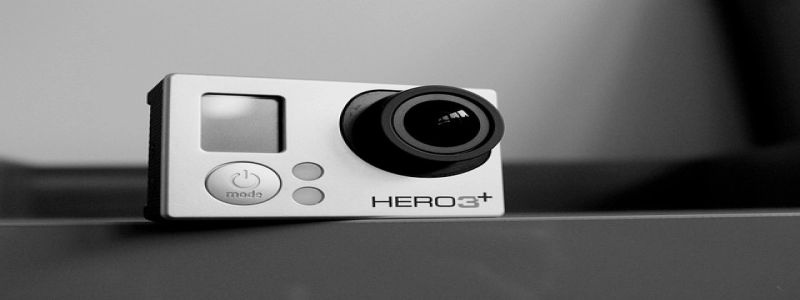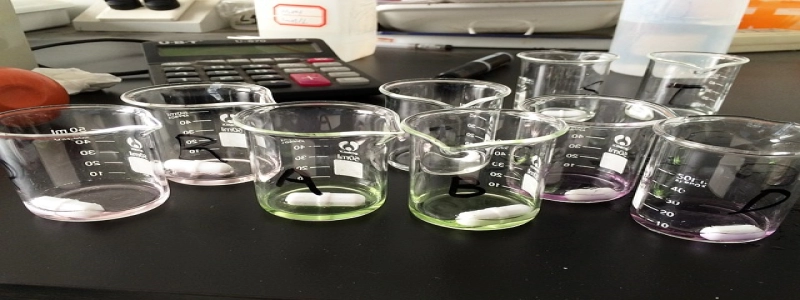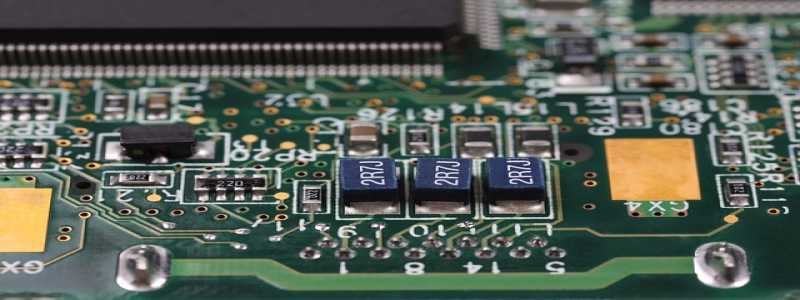Attenuation Power
Introduction
———————
Attenuation power refers to the ability of a material or substance to reduce or weaken the intensity of a particular energy or signal as it passes through. This phenomenon plays a crucial role in various fields, including telecommunications, medicine, and sound engineering. Understanding attenuation power is essential for designing effective communication systems, diagnosing medical conditions, and optimizing sound quality.
Definition and Measurement
——————————–
Attenuation power is often expressed in decibels (dB), which is a logarithmic unit that represents the ratio between the initial and final intensities of the energy or signal. A material with a high attenuation power will result in a significant reduction in intensity, while a material with a low attenuation power will allow more of the energy or signal to pass through.
Factors Affecting Attenuation Power
————————————–
Several factors influence the attenuation power of a material or substance. These factors include the composition and density of the material, the frequency of the energy or signal, and the distance it travels. Different materials have varying abilities to absorb or scatter energy, resulting in different attenuation power levels.
Applications in Telecommunications
————————————-
In the field of telecommunications, attenuation power is crucial for signal transmission. Fiber optic cables, for example, are used for long-distance communication due to their low attenuation power. These cables are made of high-quality glass or plastic that allows light signals to travel long distances without significant loss of intensity. In contrast, traditional copper cables have higher attenuation power, making them suitable for shorter distances.
Medical Applications
————————-
In the medical field, attenuation power plays a vital role in diagnostic imaging techniques such as X-rays, ultrasound, and magnetic resonance imaging (MRI). X-rays pass through tissues and bones, and their intensity is reduced based on the attenuation power of these biological materials. This reduction enables doctors to visualize internal structures and identify potential health issues.
Sound Engineering
———————
The concept of attenuation power is also relevant to sound engineering. In acoustics, materials with high attenuation power are used to dampen or absorb sound waves, reducing echoes and unwanted noise reflections. This is particularly important in recording studios, concert halls, and other architectural spaces where optimal sound quality is desired.
Conclusion
—————
Attenuation power is an essential concept that impacts various fields and industries. By understanding how different materials and substances attenuate energy or signals, professionals can design systems, diagnose medical conditions, and optimize the quality of sound. Whether in telecommunications, medicine, or sound engineering, a thorough understanding of attenuation power is crucial for achieving desired outcomes.








